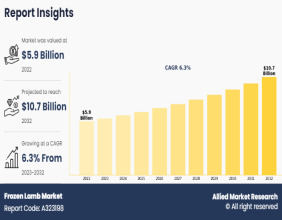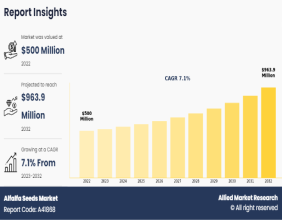The below-mentioned ratios help investors in understanding the valuation of the company. It is very important for investors to understand these ratios in order to take a better and informed investing decision.
Price-Earnings Ratio (P/E Ratio)
Price-Earnings Ratio (P/E Ratio) determines the relationship between a companyâs share price to its per-share earnings by dividing the companyâs current stock price by the earnings per share (EPS).
P/E Ratio = Share Price/ Earnings Per Share (EPS)
The share price of the company can be found from the exchange in which the company is trading. Earnings per share of the company is calculated by dividing the total net income of the company with its total number of outstanding shares.
This ratio is generally used to determine the profitability of the company and it is one of the most widely-used for stock analysis by investors and analysts. This ratio tells us what an investor is willing to pay to earn a dollar amount which is why this ratio is also known as price multiple. This ratio also helps in determining whether a companyâs stock is overvalued or undervalued. However, to understand the true valuation of the company an investor should not depend on this ratio only.
A higher P/E indicates that the investors are anticipating higher earnings growth for the company in the future, but a very high P/E ratio could mean that the stock is overvalued.
Price-sales ratio (P/S ratio)
Price-sales ratio (P/S ratio) determines the relationship between the companyâs share price with its revenues and it tells us how much investors are willing to pay per dollar of sales.
P/S ratio = Market Capitalization/Sales or Market Cap per share/ Sales per share
This ratio helps investors in comparing a company with other companies in the same sector. Price-sales ratio (P/S ratio) is similar to enterprise value-to-sales ratio (EV/Sales), however like EV/Sales ratio, P/S ratio do not account for debt loads or the status of a companyâs balance sheet. In comparison with EV/Sales ratio, P/S ratio is much simpler to calculate.
Price- Book Value Ratio (P/BV)
The price to book value ratio or P/BV ratio compares the Companyâs current market value with the book value of the company by dividing price per share by book value per share (BVPS).
P/BV ratio = Market price per share/ Book value per share
Book value per share (BVPS) = (total assets - total liabilities) / number of shares outstanding. By comparing the companyâs market value with its book gives a better understanding to investors whether the company is overvalued or undervalued.
If the P/BV ratio is more than one, it indicates that the market value of the company is higher than its book value. Although if itâs too high, it could mean that the stock is overvalued. Likewise, if the P/BV ratio is lesser than 1, it means that the market value of the company is lower than its book value and it could be undervalued.
Disclaimer
This website is a service of Kalkine Media Pty. Ltd. A.C.N. 629 651 672. The website has been prepared for informational purposes only and is not intended to be used as a complete source of information on any particular company. Kalkine Media does not in any way endorse or recommend individuals, products or services that may be discussed on this site. Our publications are NOT a solicitation or recommendation to buy, sell or hold. We are neither licensed nor qualified to provide investment advice.




